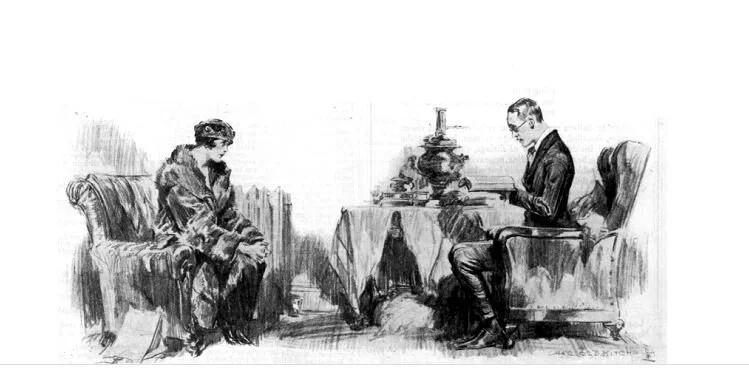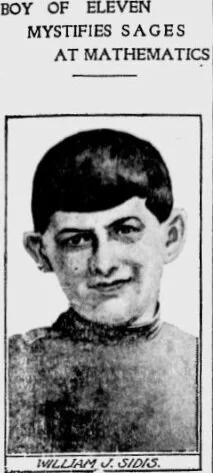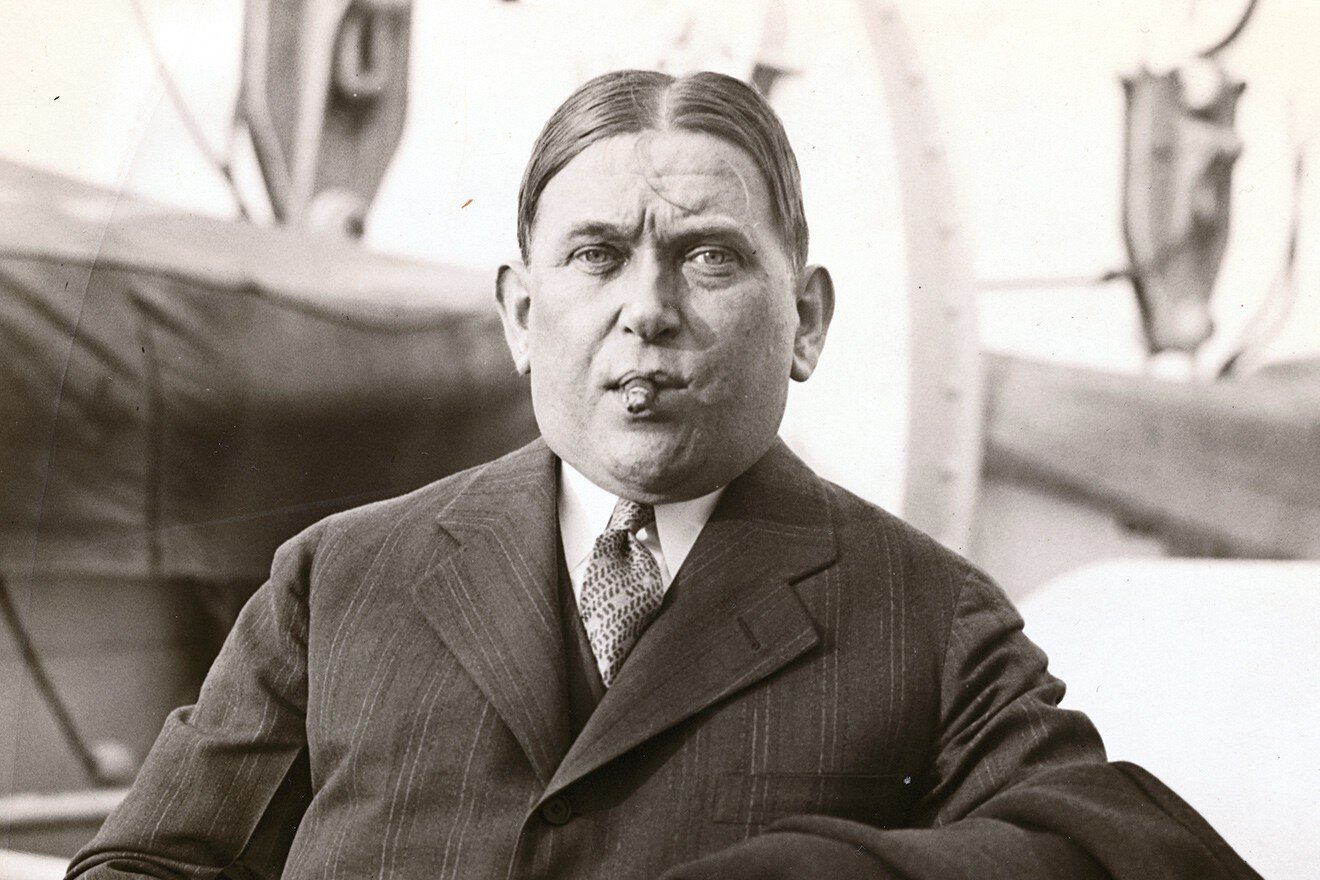F. Scott Fitzgerald’s “Head and Shoulders”
TODAY’S POST IS FROM OUR FIRST GUEST POSTER, KIRK CURNUTT.
(SEE BIO BELOW.)
One hundred years ago today … on February 21, 1920, the Saturday Evening Post published the first F. Scott Fitzgerald short story to appear in a mass-circulation magazine. “Head and Shoulders” was also the first of the Jazz Age scribe’s sixty-five appearances in the Post over the next seventeen years. The $400 fee editor George Horace Lorimer paid him would rise tenfold before the Depression, then decline steadily as the alcohol-hobbled author lost the ability to spin charming variations on his tortured courtship of his wife, the Alabama belle Zelda Sayre, whom he wed on April 3, five weeks after this story’s publication.
“Head and Shoulders” by F. Scott Fitzgerald. Saturday Evening Post.
“Head and Shoulders” only faintly foreshadows the marital discord that would turn the couple into a cautionary tale before either turned thirty. In its sparkle and wit, it embodies all the va-va-voom we associate with the Jazz Age. Although one critic who poo-poohed Fitzgerald’s short stories after his premature death in 1940 as “some delicate and some slap-dash” singled it out as “very odd,” rereading it reminds us why the new decade seemed to flip on a light and bring some colorful, frothy fun to a twentieth century darkened by the Great War.
The plot is implausible (as are those of most flapper tales Fitzgerald published in 1920): a nerdy prodigy named Horace Tarbox falls for a showgirl Marcia Meadow. After a long flirtation they marry, have a baby, and face a household budget crunch that sparks a transfer of personalities. To pay the bills the brainy Horace, used to pondering Spinoza and Catullus, becomes a vaudeville acrobat. Bored at home in motherhood, the barely literate Marcia chances to read The Diary of Samuel Pepys and, thinking it bunk, pens a folksy tell-all of her own that makes her a literary celebrity. The story ends with a visit from Horace’s idol, an erudite Frenchman named Anton Laurier, who declares Marcia the next Mark Twain, leaving Horace wondering how he ended up the brawn to his wife’s cerebellum.
As most critics read it, “Head and Shoulders” captures Fitzgerald’s fear as he prepared to marry Zelda that her irrepressible personality would overshadow his artistic craft and dedication, making him a mere literary breadwinner to her shining star: the proto-Arthur Miller to her Marilyn Monroe, if you will. But that’s really the least interesting approach to it.
“Head and Shoulders” is a lot more fun if you pretend you’re one of the original teenagers and coeds who discovered it in the pages of a respectable but dowdy magazine their parents subscribed to in 1920. “Everyone in college,” the author boasted to his editor Maxwell Perkins, “I mean literally everyone in college seems to have read [it].” Belonging to what Fitzgerald called the “countless flappers and college kids who think I am a sort of oracle” would be akin to catching the first episode of Saturday Night Live (or NBC’s Saturday Night as it was known on October 11, 1975) once your folks dozed off at 10 p.m., tuckered out that night from catching Howard Cosell’s short-lived variety show (the original Saturday Night Live) that featured Barry Manilow and the Rockettes. Or maybe watching Elvis grind it on The Milton Berle Show in 1956. Maybe even buying a zoot suit as a kid of color in the 1940s from the same neighborhood tailor who fitted you for your first pair of long pants.
“Heads and Shoulders” appeals, in other words, because it remains a fresh expression of youth culture in a medium that usually preached at kids. Calculated to make Post oldsters roll their eyes, the story says to those who identify as slickers or baby vamps that the time has come for the world at large to speak your slang, to celebrate your hangouts and your rites, like your favorite dance, the shimmy. It’s a story that says the world belongs to the young—which pop culture pretty much has since 1920.
Consider the first conversation between the future newlyweds, when Marcia sneaks into Horace’s monkish apartment (which is furnished with two chairs facing each other, named after his favorite dueling philosophers, Hume and Berkeley):
“What do you want?” [Horace] asked.
“I want them letters,” whined Marcia melodramatically—”them letters of mine you bought from my grandsire in 1881.”
Horace considered.
“I haven’t got your letters,” he said evenly. “I am only seventeen years old. My father was not born until March 3, 1879. You evidently have me confused with some one else.”
“You’re only seventeen?” repeated March suspiciously.
“Only seventeen.”
“I knew a girl,” said Marcia reminiscently, “who went on the ten–twenty–thirty when she was sixteen. She was so stuck on herself that she could never say ‘sixteen’ without putting the ‘only’ before it. We got to calling her ‘Only Jessie.’ And she’s just where she was when she started—only worse. ‘Only’ is a bad habit, Omar—it sounds like an alibi.”
“My name is not Omar.”
“I know,” agreed Marcia, nodding—“your name’s Horace. I just call you Omar because you remind me of a smoked cigarette.”
“And I haven’t your letters. I doubt if I’ve ever met your grandfather. In fact, I think it very improbable that you yourself were alive in 1881.”
Marcia stared at him in wonder.
“Me—1881? Why sure! I was second–line stuff when the Florodora Sextette was still in the convent. I was the original nurse to Mrs. Sol Smith’s Juliette. Why, Omar, I was a canteen singer during the War of 1812.”
It probably helps to know, as annotators teach us, that “Omar” was indeed a popular cigarette brand, named after the durably famous Victorian translation by another “FitzGerald” (Edward) of the ancient Persian poet Omar Khayyam, which Marcia also calls Horace. Or that the “ten-twenty-thirty” was a theater circuit where the admission price was based on social class, as in ten cents for the working class. Or that the dance revue called the Florodora Sextette would have been as cool in the 1920s as—well—the Rockettes in 1975. What matters is Marcia’s voice, which absolutely drips in attitude. Or, if you prefer, flapper-tude.
As Marcia’s references to “second-line stuff” suggests, “Head and Shoulders” also dives deep into New York City nightlife, paying tribute to its cabarets, Broadway theaters, and bustling entertainment palaces, which Fitzgerald loved frequenting. The story references the Palais Royal, Ziegfeld’s Midnight Frolic, Divinerries (actually Devinière’s, whose name Fitzgerald spelled differently every time he dropped it), and the Hippodrome. The first time Horace watches Marcia shake her moneymaker he attends a tryout performance at New Haven’s Shubert Theater of Home, James, a title borrowed from a college musical comedy by a twenty-two-year-old nobody named Oscar Hammerstein II, long before he hooked up with Jerome Kern or Richard Rodgers; for their first date, Horace takes Marcia to the Hotel Taft Grill. The couple’s first apartment is in Harlem, although there is no reference to the Harlem Renaissance.
Palais Royal, 1920.
The story also draws upon history that is intriguing to unpack. Horace’s character was inspired by James William Sidis (1898-1944), a highly publicized prodigy who enrolled in Harvard at 10. (“Prodigies have always interested me,” Fitzgerald confessed to a fan magazine when Hollywood adapted the story into The Chorus Girl’s Romance, starring Viola Dana later that year. No American author has ever been more obsessed with youth and age). When “Head and Shoulders” appeared in the Post, Sidis was ensconced in a sanitarium his parents ran so he could avoid serving an eighteen-month conviction under the Sedition Act for participating in Boston’s May Day 1919 riot. Life didn’t get easier from there; Sidis worked a series of menial jobs, sued the New Yorker over a 1937 “Where Are They Now?” article (written by James Thurber), and died broke at 46, four years after Fitzgerald’s own passing.
William James Sidis Portrait.
Meanwhile, Peter Boyce Wendell, the newspaperman who makes Marcia famous by praising her in his column, is a composite portrait of two famous critics: Franklin Pierce Adams, known by his byline “F.P.A.,” who would soon mock Fitzgerald relentlessly for the typos in his books, and H. L. Mencken, whose The Smart Set featured several Fitzgerald stories too political for the centrist Post. Mencken didn’t appreciate the nod: he absolutely hated “Head and Shoulders.”
H.L. Mencken, circa 1930. Washington Examiner.
Which is as it should be; the Sage of Baltimore was known was 39 when the story appeared, far younger than I am as I write this but old and cranky for the era. The story wasn’t written for him. Instead, a high-schooler or freshman 100 years ago today was taking up its most famous line as a motto as she slipped into an immodest flapper dress and lit a cigarette. When Horace asks Marcia, “Do you just go round kissing people?” her reply is, “Why, yes.… ’At’s all life is. Just going round kissing people.”
The flirty charm of repartee like that reminds us how F. Scott Fitzgerald helped make the 1920s roar.
WRITTEN BY KIRK CURNUTT. FEBRUARY 21, 2020.




